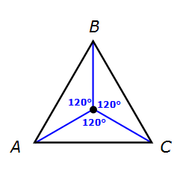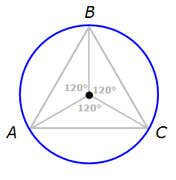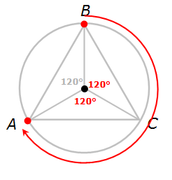Forum Home > GMAT > Quantitative > Problem Solving (PS)
Events & Promotions
| Last visit was: 02 Jan 2025, 17:42 |
It is currently 02 Jan 2025, 17:42 |
|
|

Customized
for You
Track
Your Progress
Practice
Pays
12:01 AM PST
-11:59 PM PST
11:00 AM IST
-01:00 PM IST
11:00 AM IST
-01:00 PM IST
Difficulty:
 35%
(medium)
35%
(medium)
Question Stats:
67% (01:12) correct 33%
(01:12)
wrong
33%
(01:12)
wrong  based on 4941
sessions
based on 4941
sessions
History





Screen Shot 2017-05-30 at 4.08.24 PM.png [ 87.82 KiB | Viewed 23350 times ]
rotate.jpg [ 28.73 KiB | Viewed 23183 times ]


